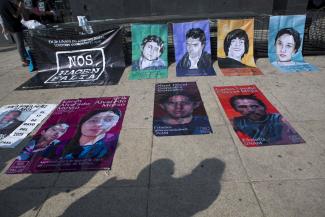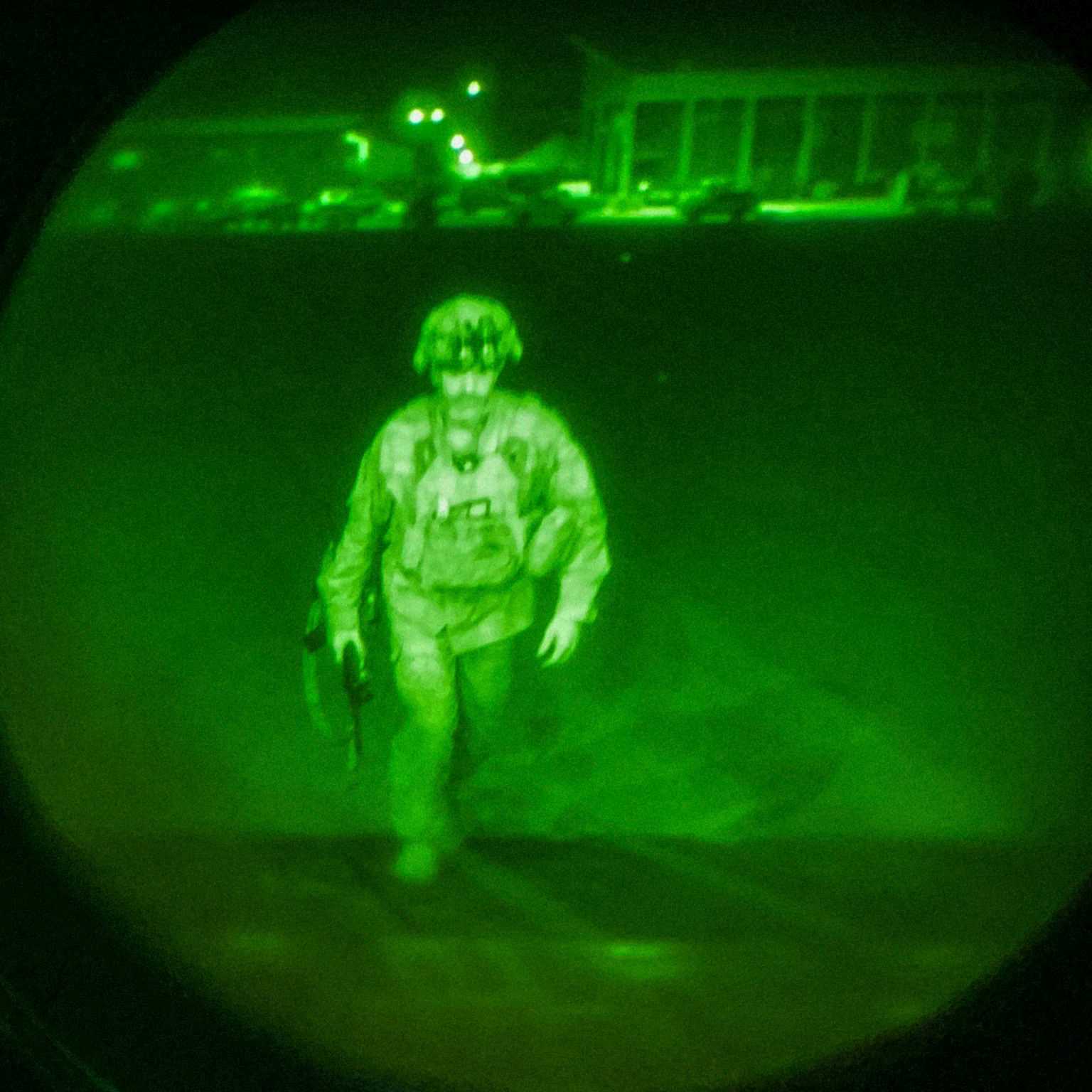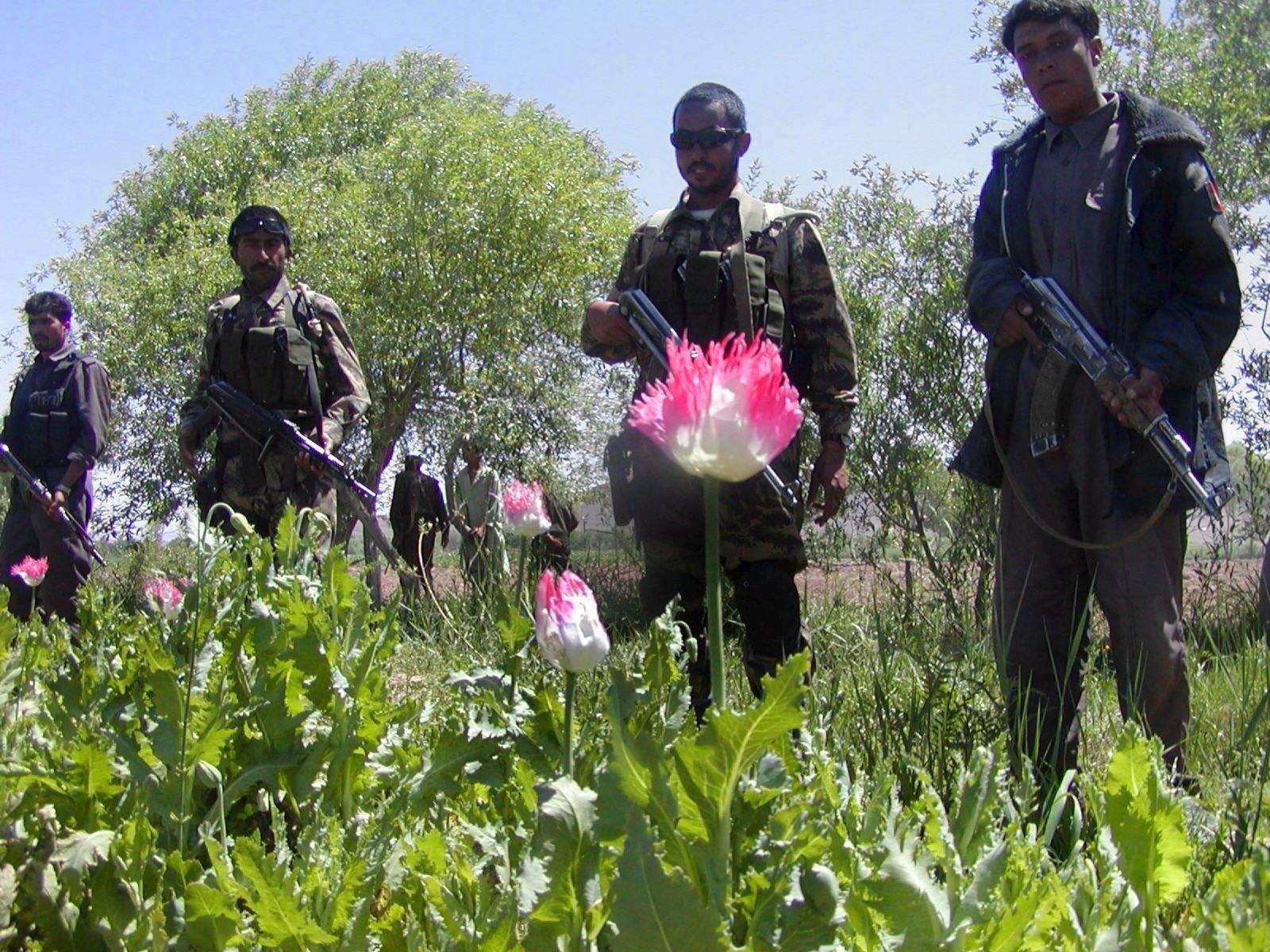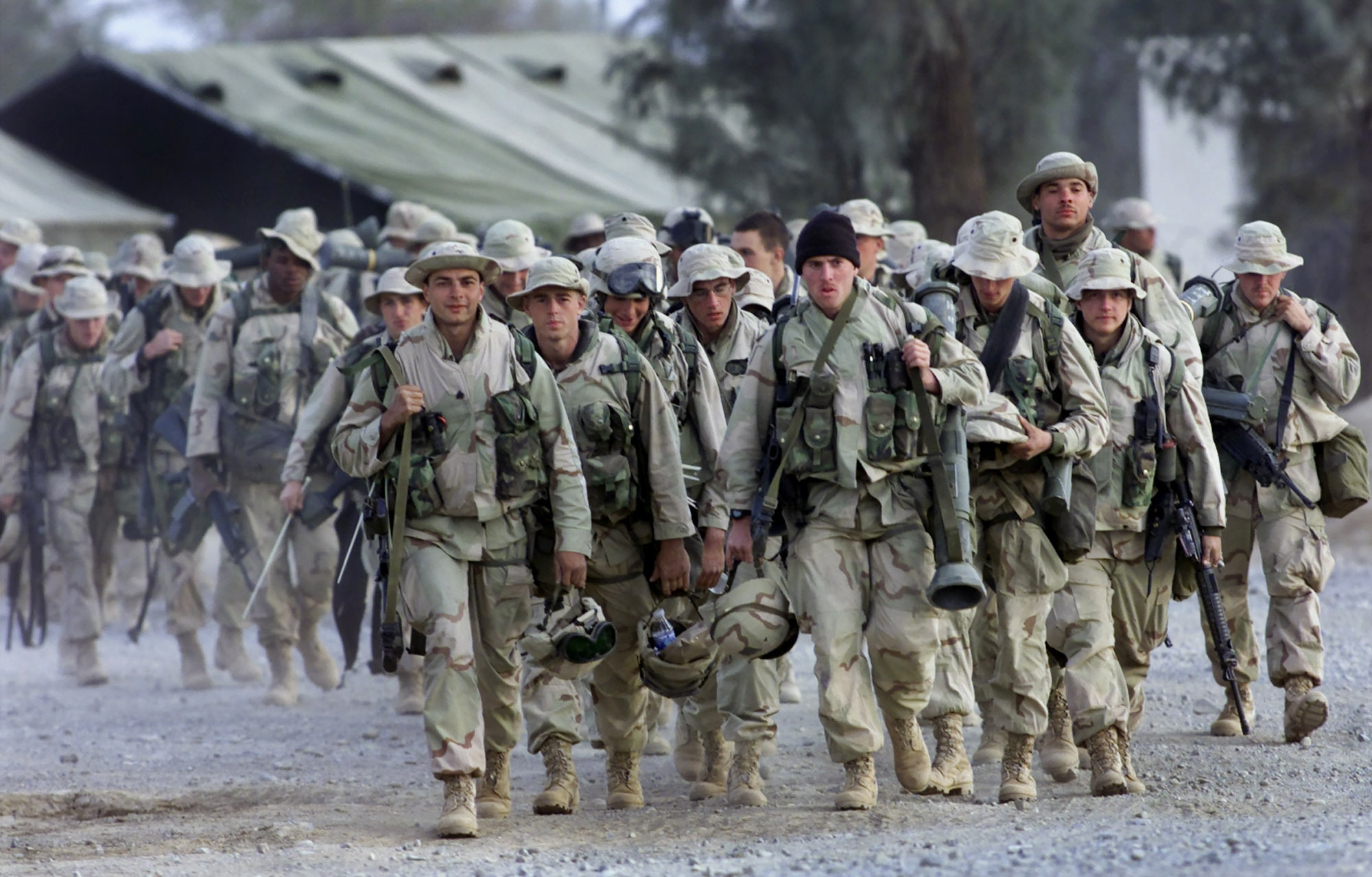Mexico
Missing people

It was the kidnapping of 43 students from Ayotzinapa in September 2014 that attracted the most international attention. What fate befell them is still unclear. Authorities claim that their bodies were burned, but the relatives of the victims have ample reason not to trust this supposed “historic truth”. The kidnapped students were never found.
Given that state agencies largely stayed inactive, the organisations of the relatives of other missing persons have started a painful journey across the country. People dig with their own hands, hoping to find a clue that might lead them to remains of the person they are looking for. So far, they have discovered several mass graves, and the number of officially registered mass graves has risen to 1,307. Some of the corpses could be identified, but many others remain anonymous. The endless search continues.
Human Rights Watch points out, moreover, that there were extra-judicial killings and that security forces have been increasingly abusing their powers. In a survey, 58 % of prison inmates said they were tortured. The human-rights situation has deteriorated in general.
Extortion, human trafficking and slavery are part of the drug cartels’ operations. Journalists and policymakers are at risk. Corruption is widespread and impunity has become the norm.
Internal displacement is another serious issue, but it does not get much public attention. In 2016, Mexico’s National Human Rights Commission registered 90,000 displaced people who fled violence. According to other sources, more than 300,000 people were internally displaced in the years 2009 to 2017.
So far, there has been little progress. Police officers are poorly trained and not paid well. They lack security equipment and weapons. Their personal safety and the safety of their family depends on not interfering in cartel activity. The dangers are real. In some villages, the police simply do not have any officers. Compounding the problems, some units are secretly cooperating with drug cartels, which are fighting one another. Officers’ chances of survival often depend on picking the winning side in a gang war. Moreover, the cartels have the financial clout to bribe officers. Tom Wainwright, a former Mexico correspondent for The Economist, has thoroughly assessed these matters in his book “Narconomics” (for a review, see Hans Demboswski in E+Z/D+C e-Paper 2018/12, focus section).
In any case, it is well understood that the security forces themselves often infringe on human rights, act arbitrarily and make mistakes that lead to the death of innocent people. Their reputation has suffered considerably in recent years. Whether it can be restored is an open question. It is telling that people are unsure how to interpret a statement made by Joaquín “El Chapo” Guzmán, a prominent cartel boss who is on trial in New York. He said that Felipe Calderón Hinojosa and Enrique Peña Nieto, the previous two presidents, took huge bribes. El Chapo may be lying, of course, but can anyone really be sure? (vm)
Reference
Human Rights Watch, 2018: Country report Mexico (in English and Spanish).
https://www.hrw.org/world-report/2018/country-chapters/mexico












